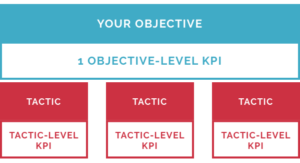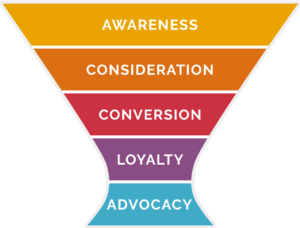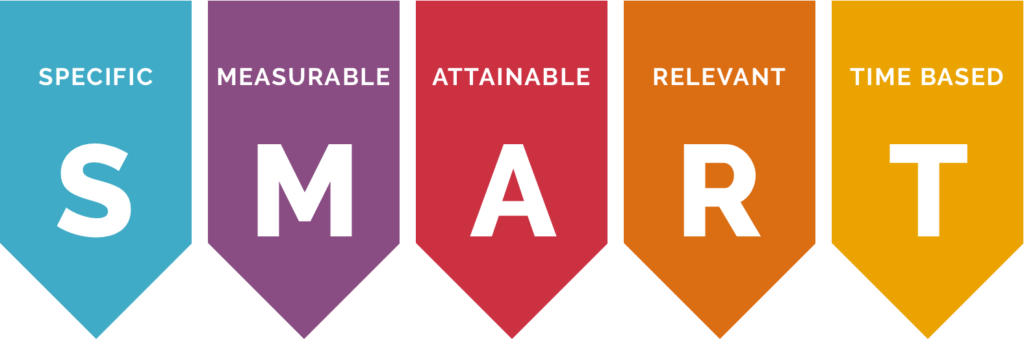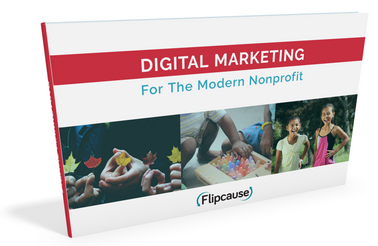Creating a Digital Marketing Strategy & Setting Yourself Up To Succeed
Is 'throw it on the wall and see if it sticks' your go-to strategy (also known as 'spray and pray' and 'shooting in the dark')? How's it working for you? You've probably hit the target a few times, but do you have a reliable way of comparing the effectiveness of each tactic you deploy? How do you know what you're doing is the best way to achieve your goals?
If you haven't created a digital marketing strategy yet, you're not alone! The good news is that you can start now and that in doing so you'll be ahead of the game. Taking the time to create a framework, strategy, and budget saves time and money long-term.
Please don't skip this part! In this guide, we will use an objective-first framework to help you put your goals front-and-center. Once we have our objective, we'll choose our tactic(s). And of course, we can't track success without determining the KPIs for each.

While experimentation is certainly a crucial part of digital marketing, it's hard to measure the results without a unifying objective. That's why we recommend an objective-first framework, which starts with a big vision and works backward to deploy the right tactics.
Great, but how do I choose an objective?
When it comes to digital marketing, people tend to jump from one shiny object to the next. They never focus on a plan long enough to see any results. In fact, they often don't even know the result they are looking for! By choosing one objective for your team to focus on, all your tactics can work in alignment with each other. That focus will help you achieve your objective so that you can choose a new one!

This marketing funnel is a generalization of the stages people go through in discovering and choosing to support your organization. The funnel shape indicates the relative number of people who will go through each stage. Of all the people who learn about your organization (AWARENESS), a smaller number will want to learn more (CONSIDERATION). Of those, an even smaller number will choose to donate (CONVERSION). Of those, some will become regular donors (LOYALTY). A select few rockstars will become your staunchest allies, fundraising on your behalf (ADVOCACY). At this point, your engagement starts paying dividends. Your advocates spread awareness to their individual networks, and the funnel repeats.
Your objective will likely be tied to a stage on the funnel. For example:
- If you're a brand new nonprofit or don't have a large supporter base, you can focus on increasing awareness.
- If you're well-known but not attracting the kind of donations you'd like to receive, you can focus your objective on the conversion stage.
- If you have a large donor base and want to mobilize your donors, you'll choose an advocacy-based objective
MAKE SURE YOU CHOOSE A SMART objective
Objectives are outcome goals for your staff or department. Focus on an objective that translates directly into ROI for your organization, and make it S.M.A.R.T.!

Example 1: Camp Wonder is a summer camp for low-income youth in Las Vegas. It's been around for ten years and has a substantial email list, but wants to increase awareness in the community beyond just camp attendees in order to increase participant and volunteer sign-ups long-term.
'Camp Wonder's objective is to increase unique website visits by 25% each quarter this fiscal year'
Example 2: Muttopia, a dog rescue in Nashville, has a large network of supporters who have adopted dogs from them in the past. Muttopia wants to leverage this network to increase donations to their work.
'In order to support its growing program, Muttville's objective is to launch a peer-to-peer campaign and recruit at least 20 supporters to participate within the next 6 months'
Examples of goals that aren't SMART:
- 'Raise awareness of Organization C'
- 'Be a thought leader in our field'
- 'Gain Facebook followers'
These goals are difficult to measure and report on. They also indicate no clear return on your marketing investment!
Set your Objective-Level KPIs
Now that you've set your objective, you'll want to track it.
Key Performance Indicators (KPIs) are metrics used to check whether you are on track to meet your objectives. KPIs are often tracked weekly, monthly, or quarterly. Tracking them consistently allows you to course-correct along the way toward meeting your goals.
There are always a lot of metrics you can track at any given time, but why waste time tracking them all? 'Key' is the key word here. What are the 1-2 most important metrics to keep track of as you work toward your goals?
Example 1:
'Camp Wonder's objective is to increase unique website visits by 25% each quarter this fiscal year'
KPIs:
Website visits
Traffic sources (how website visitors access your site, such as through Google, direct, or from clicking ads)
Example 2:
'In order to support its growing program, Muttville's objective is to launch a peer-to-peer campaign and recruit at least 20 supporters to participate within the next 6 months'
KPIs:
# of campaign participants
Download our free eBook to learn more about Digital Marketing for Nonprofits





